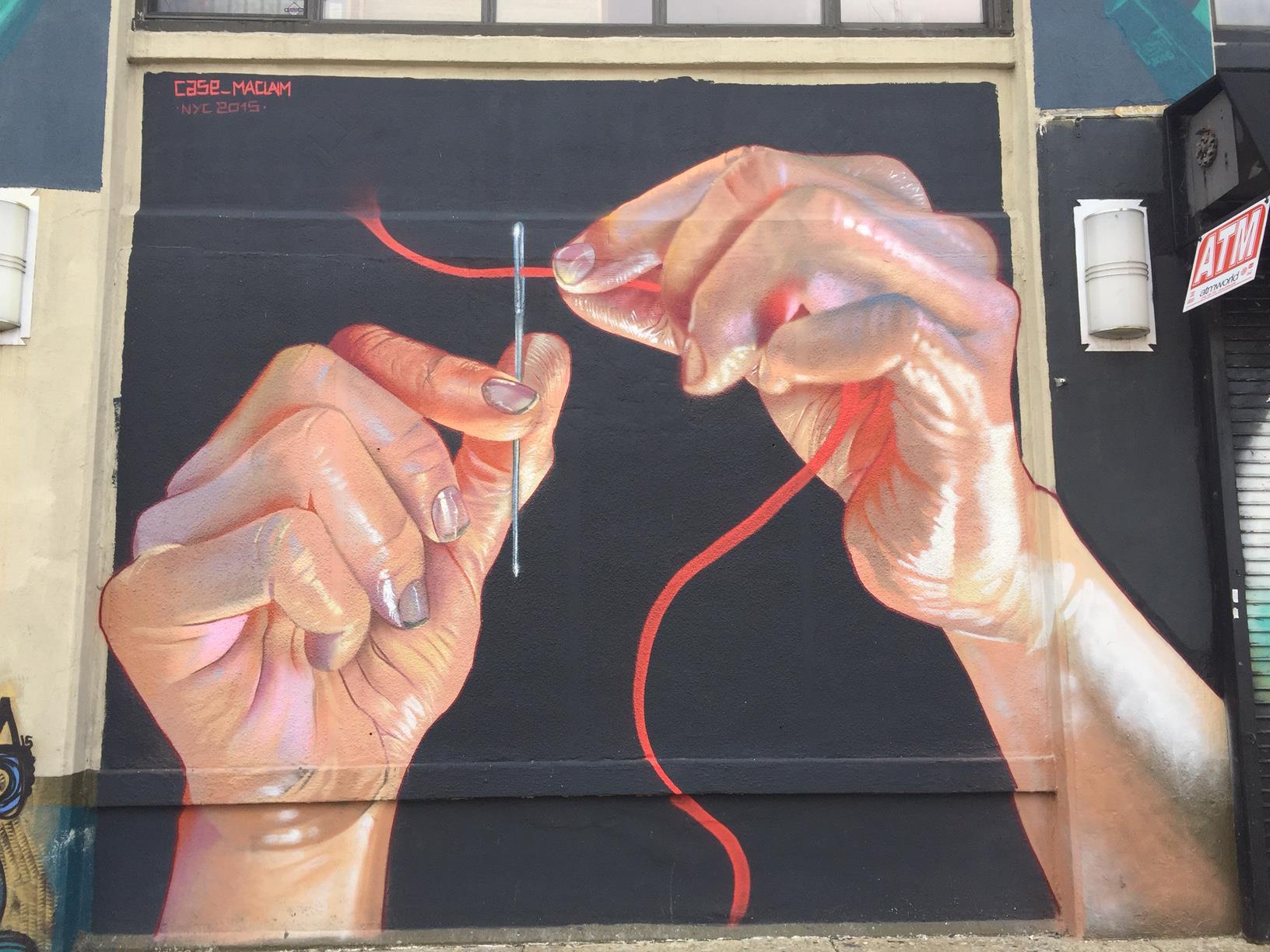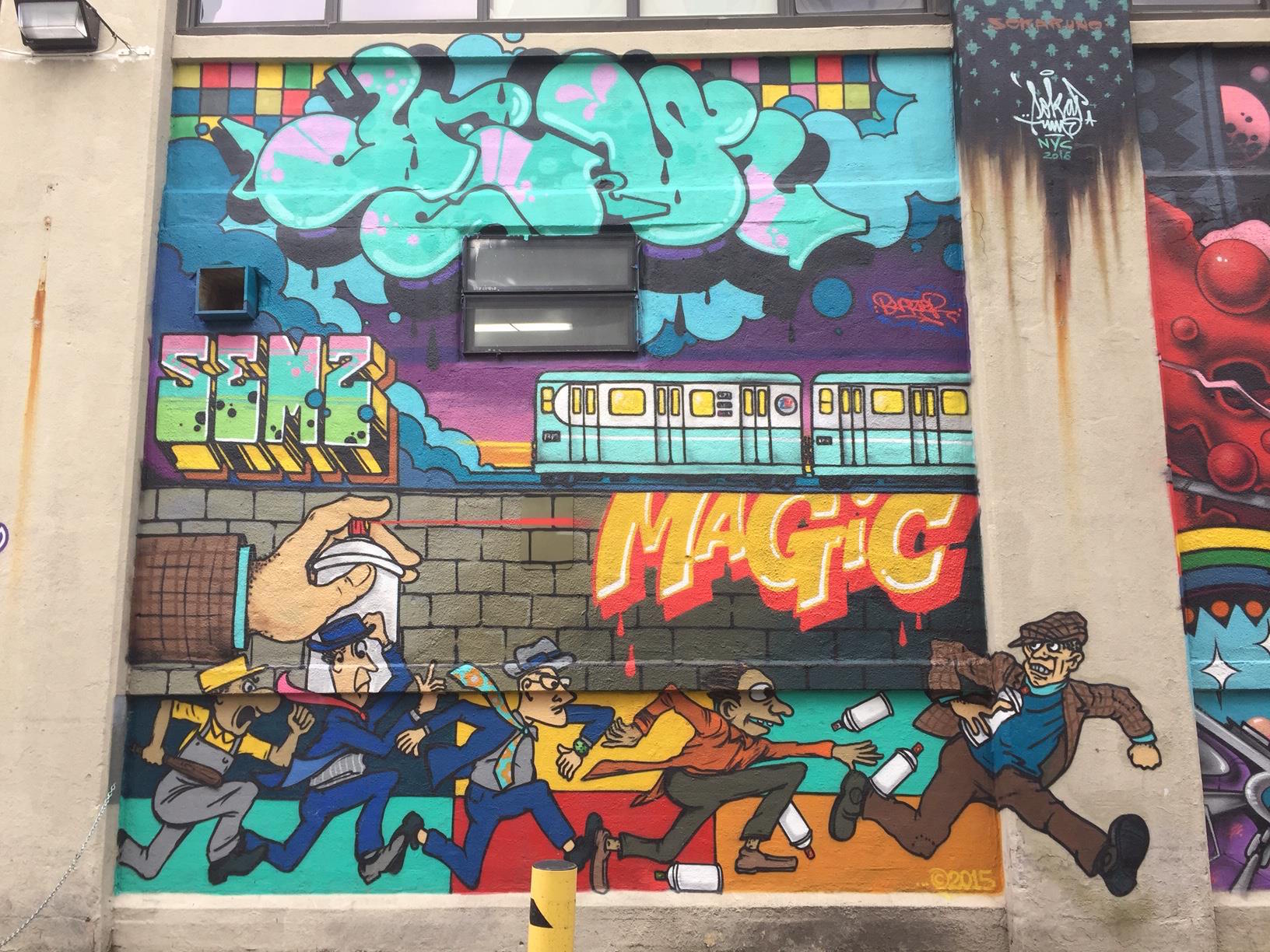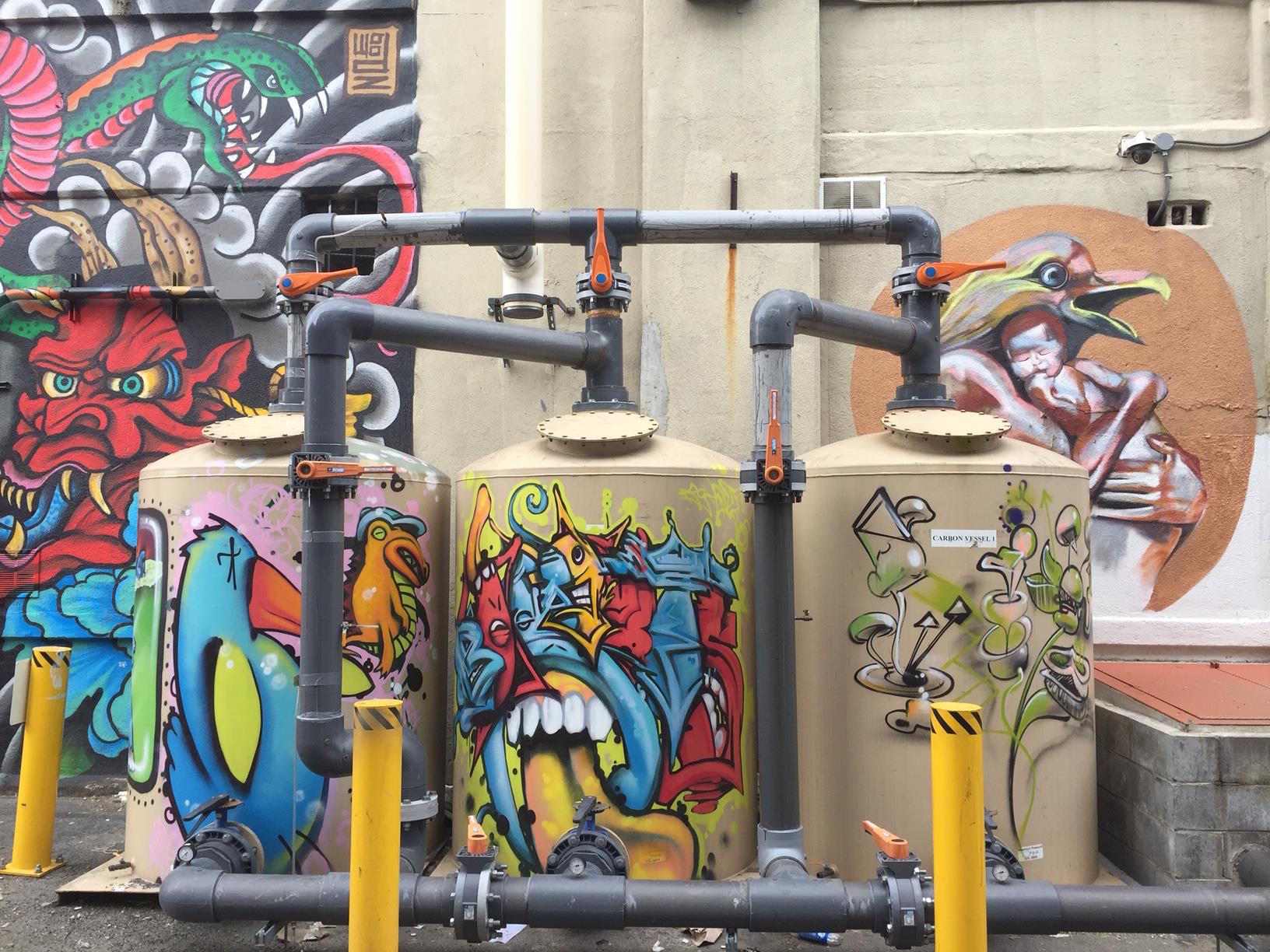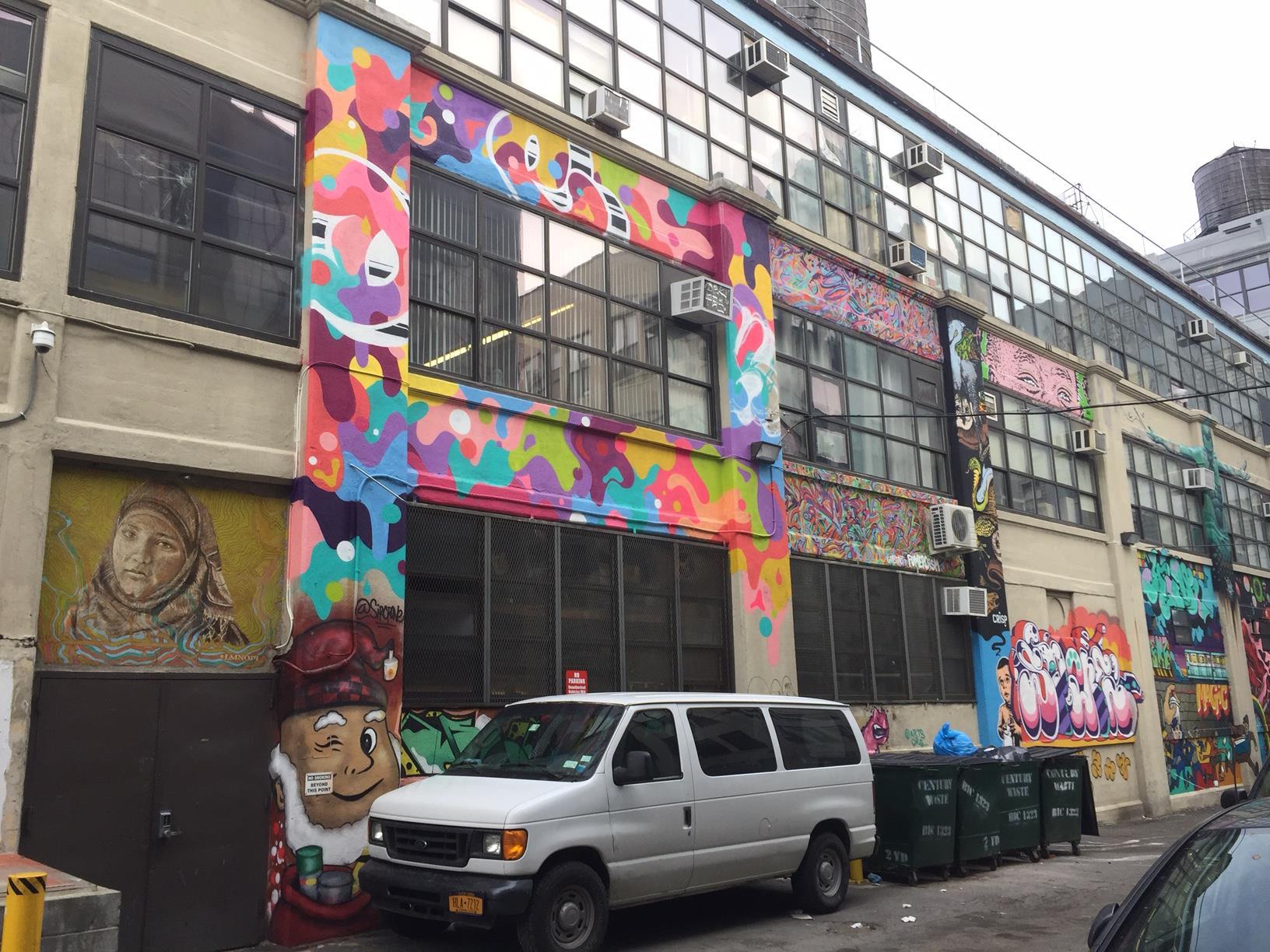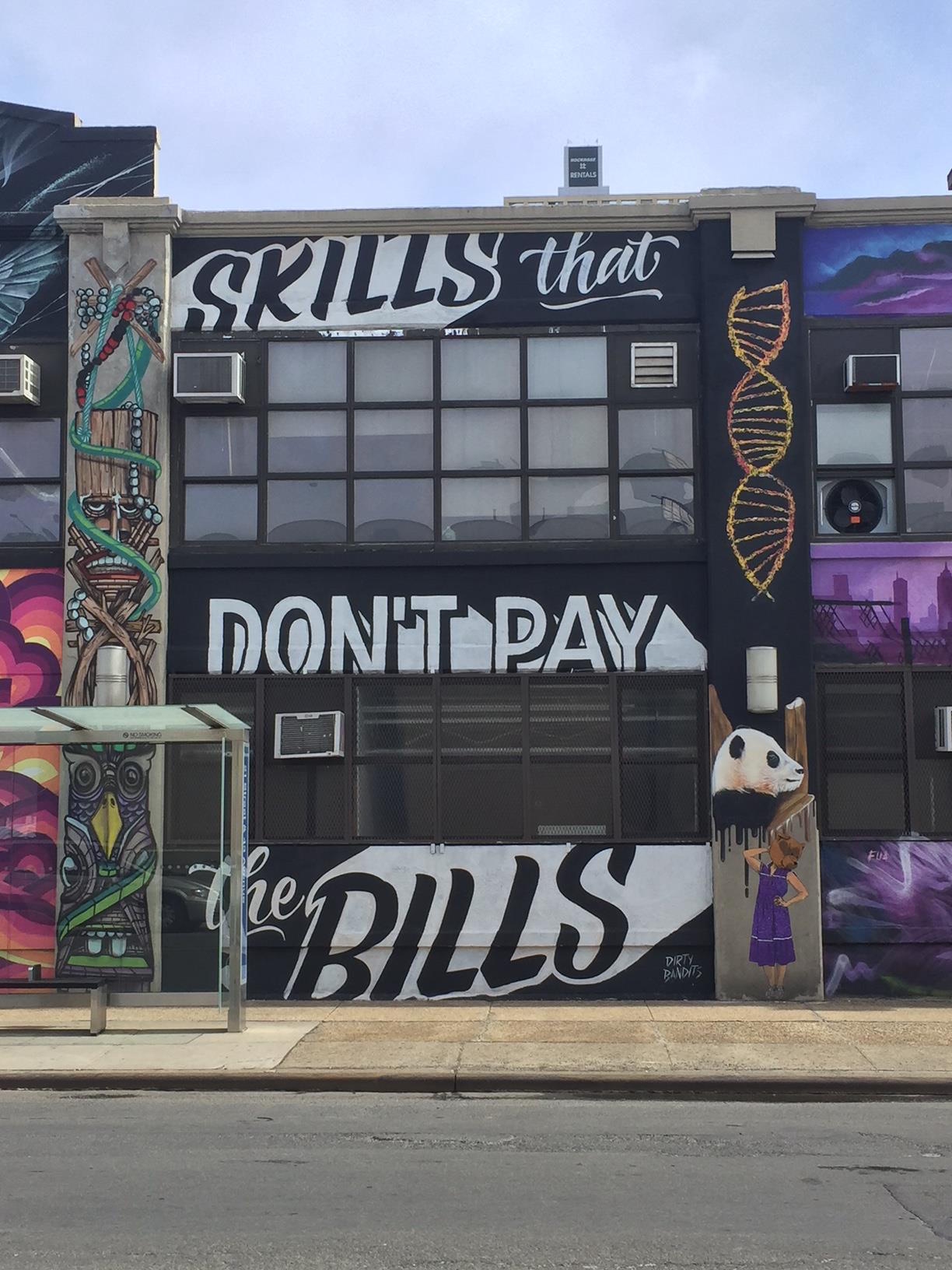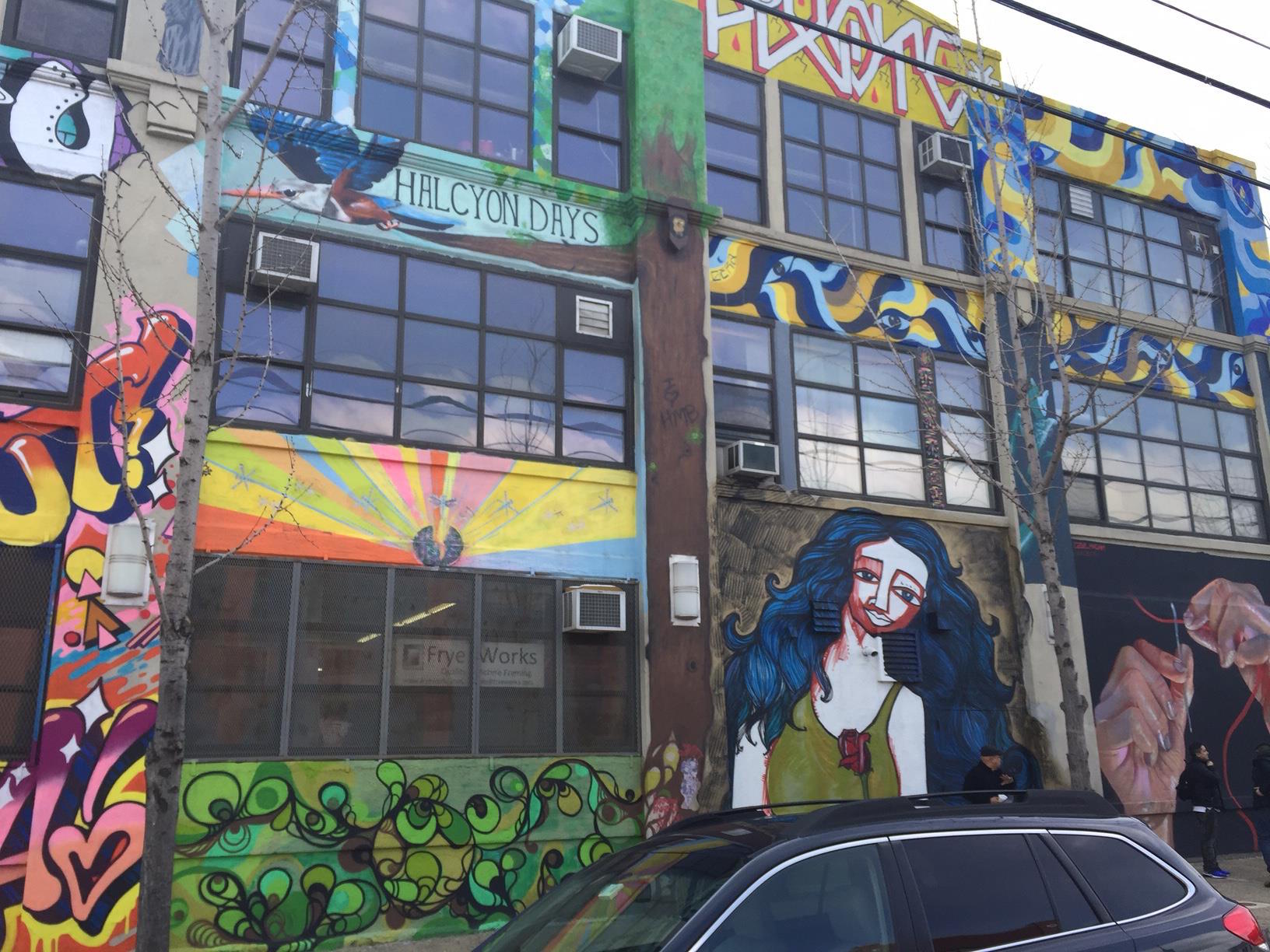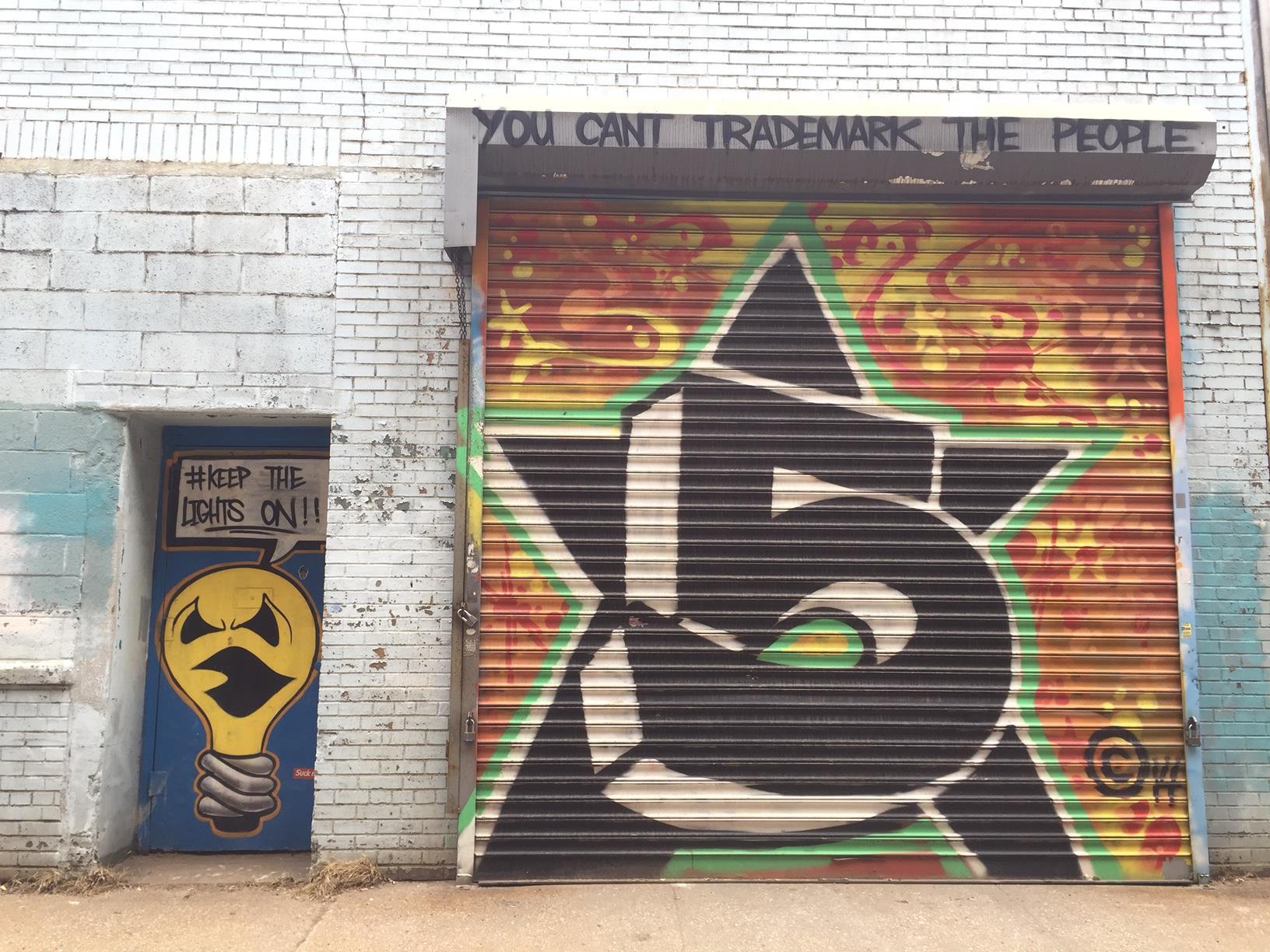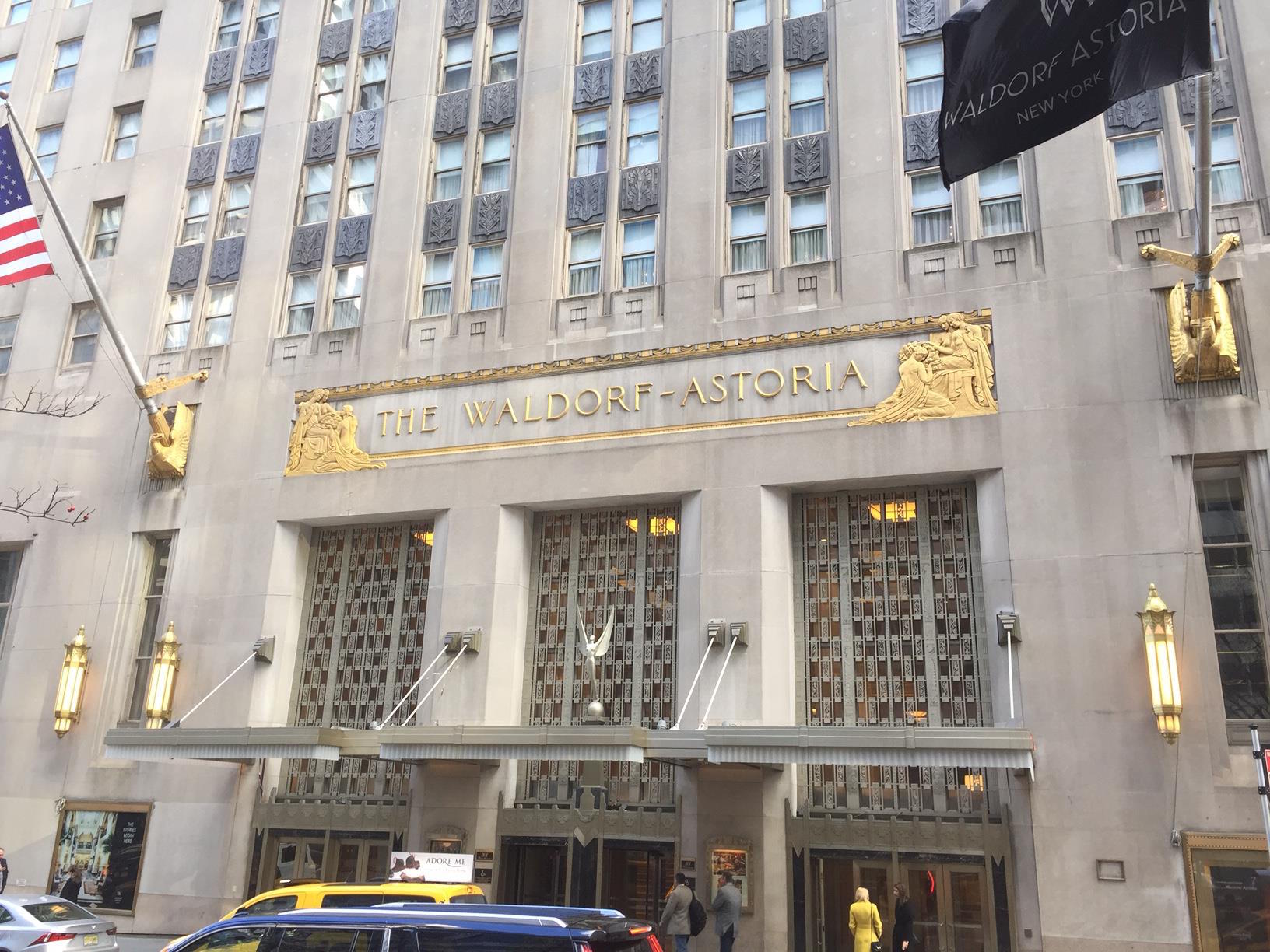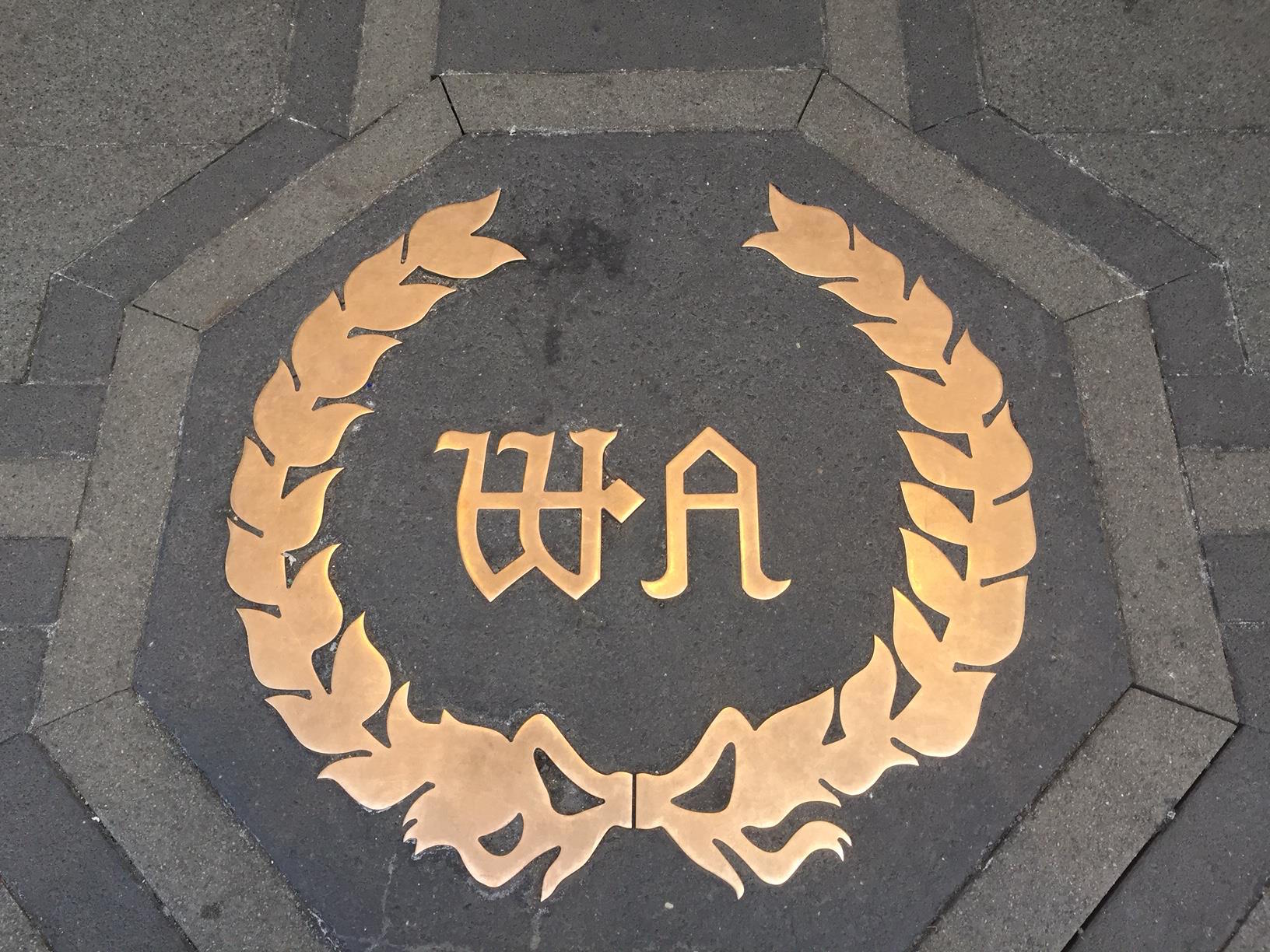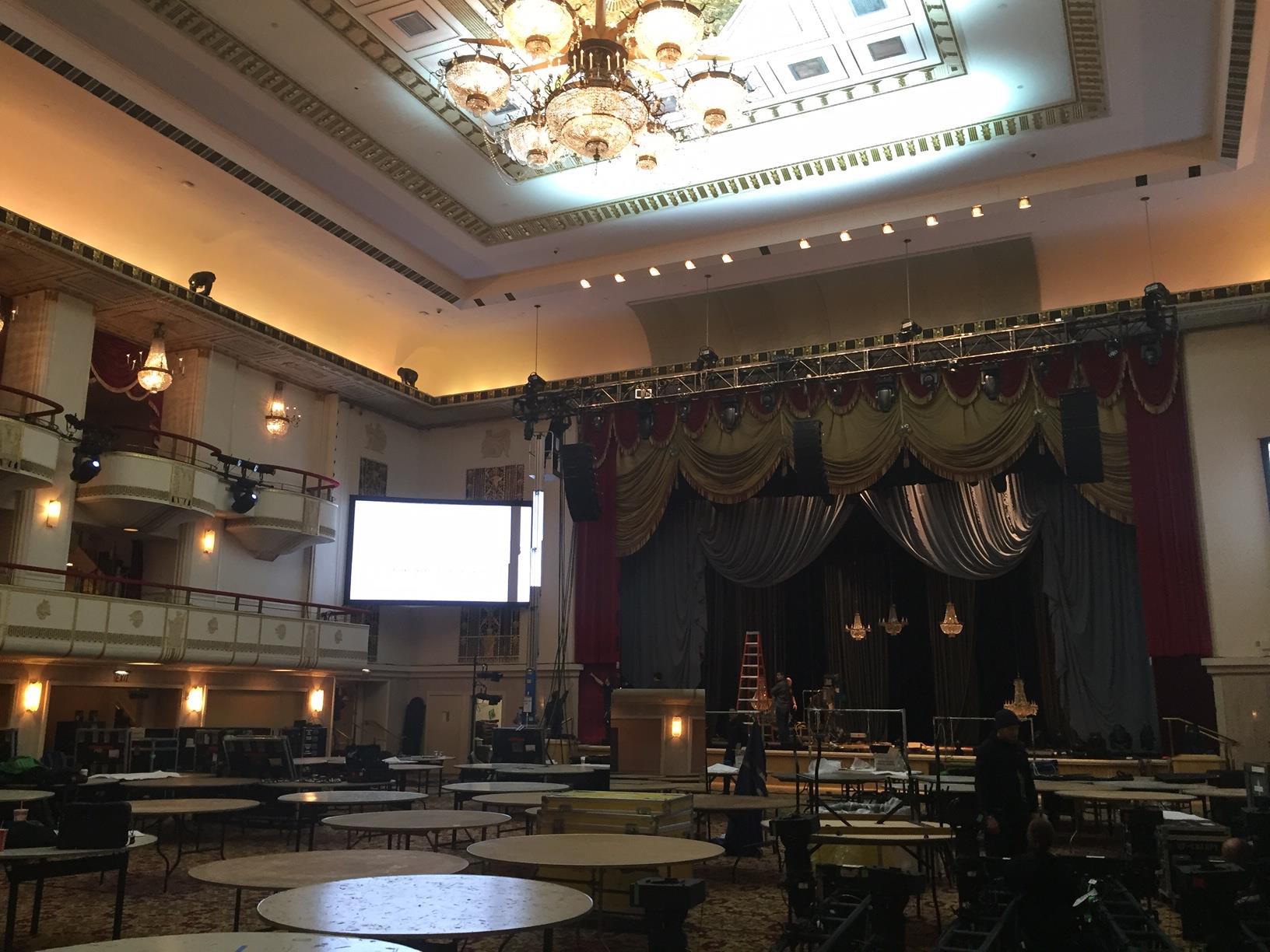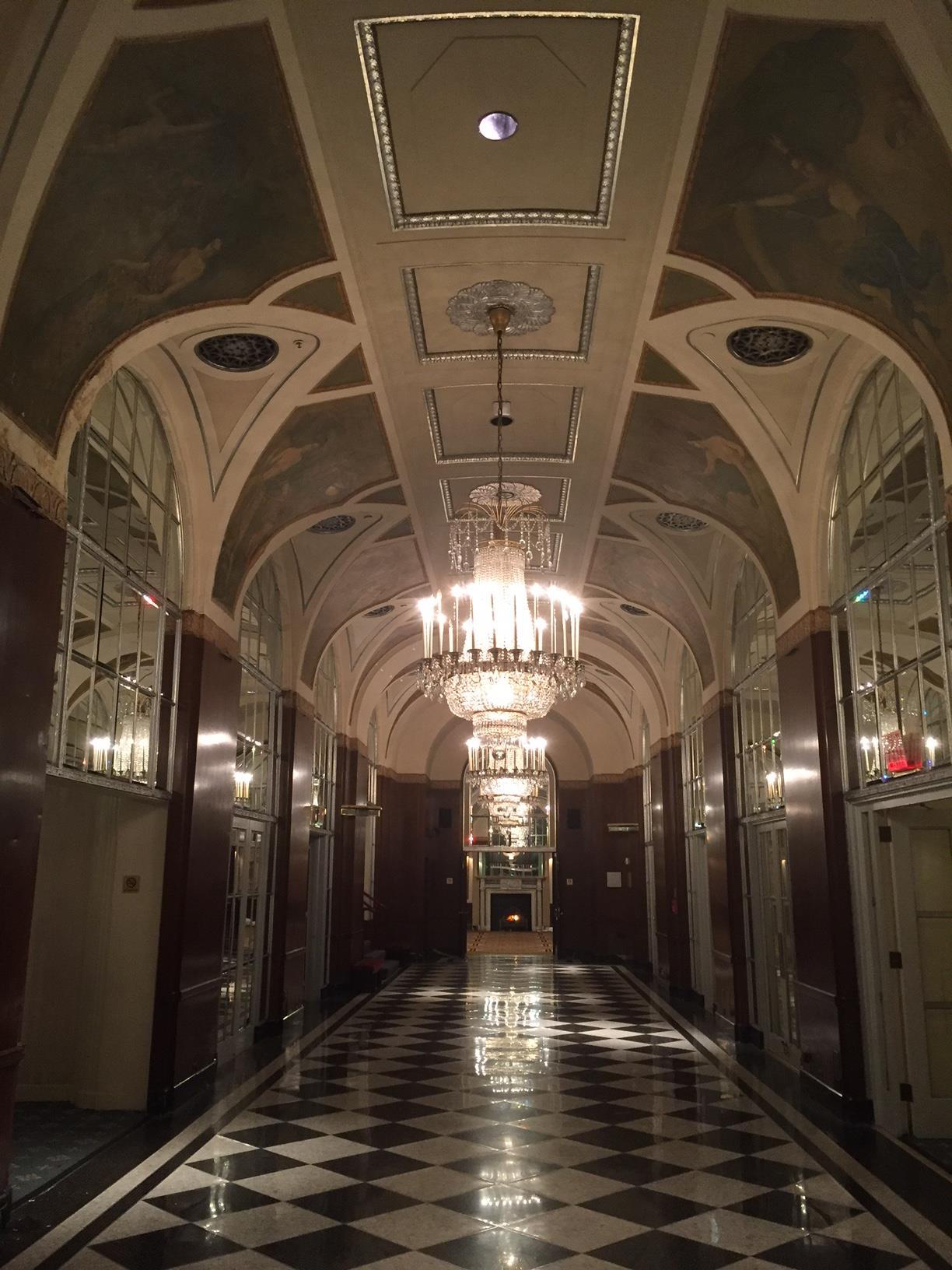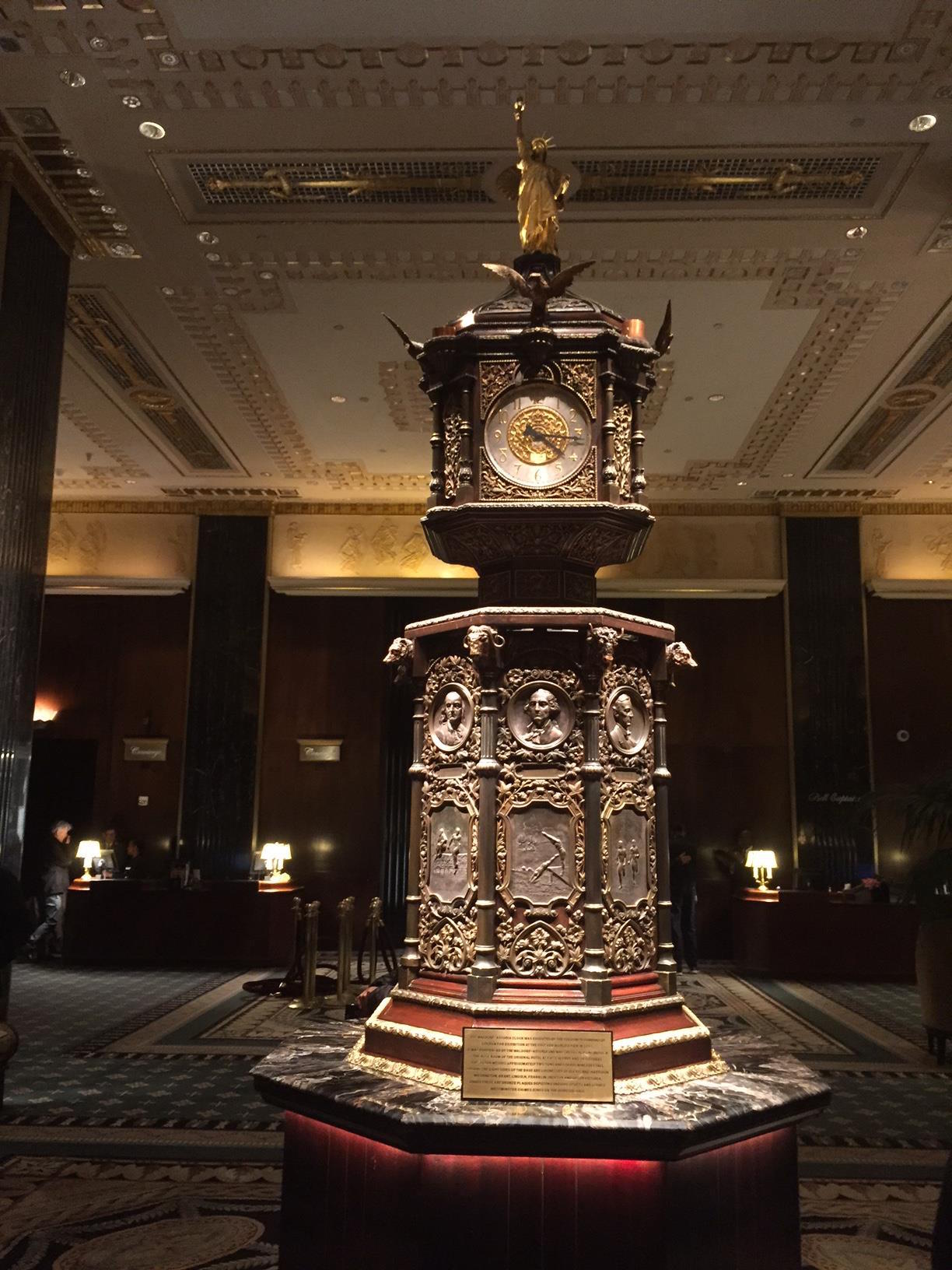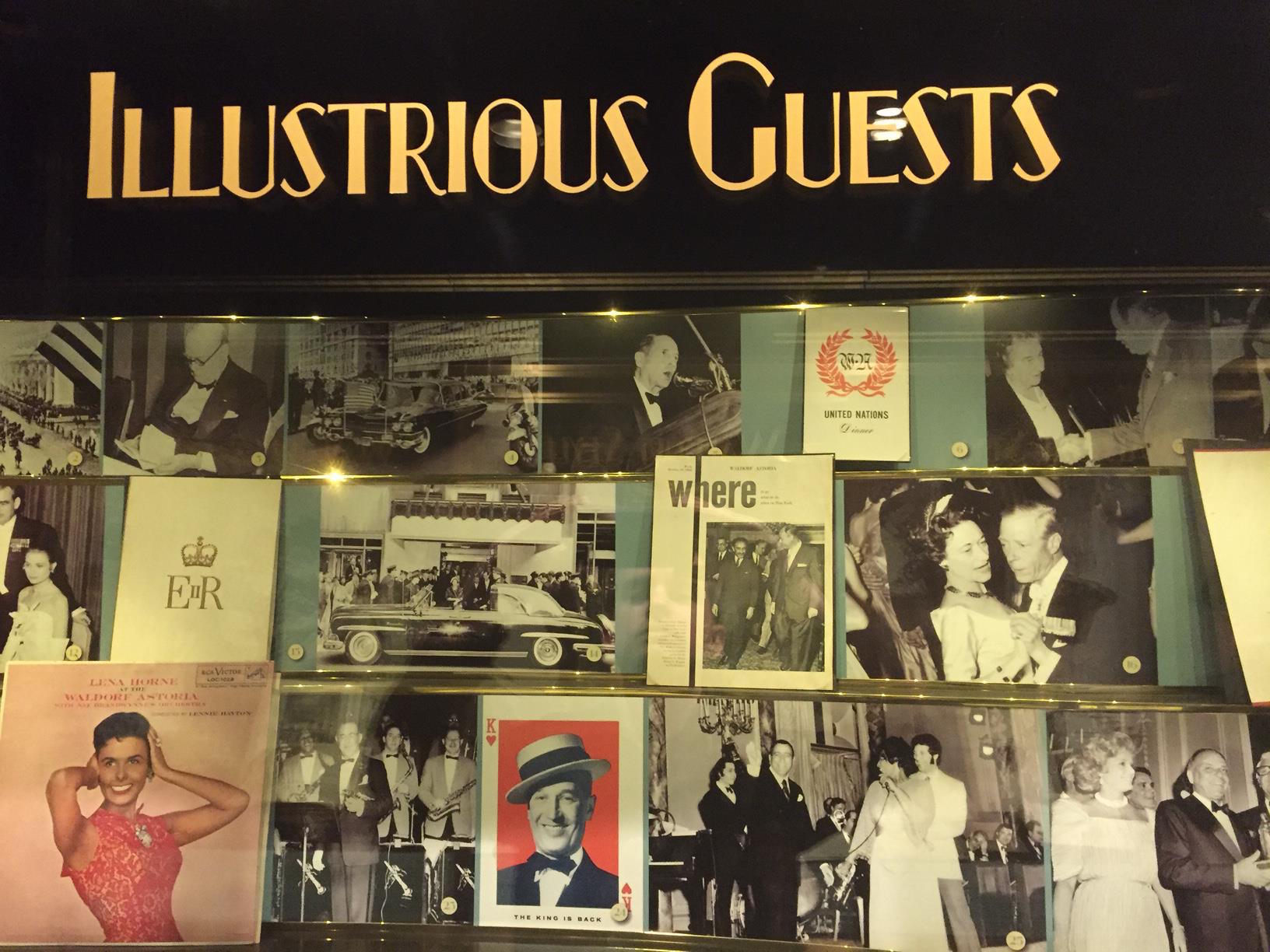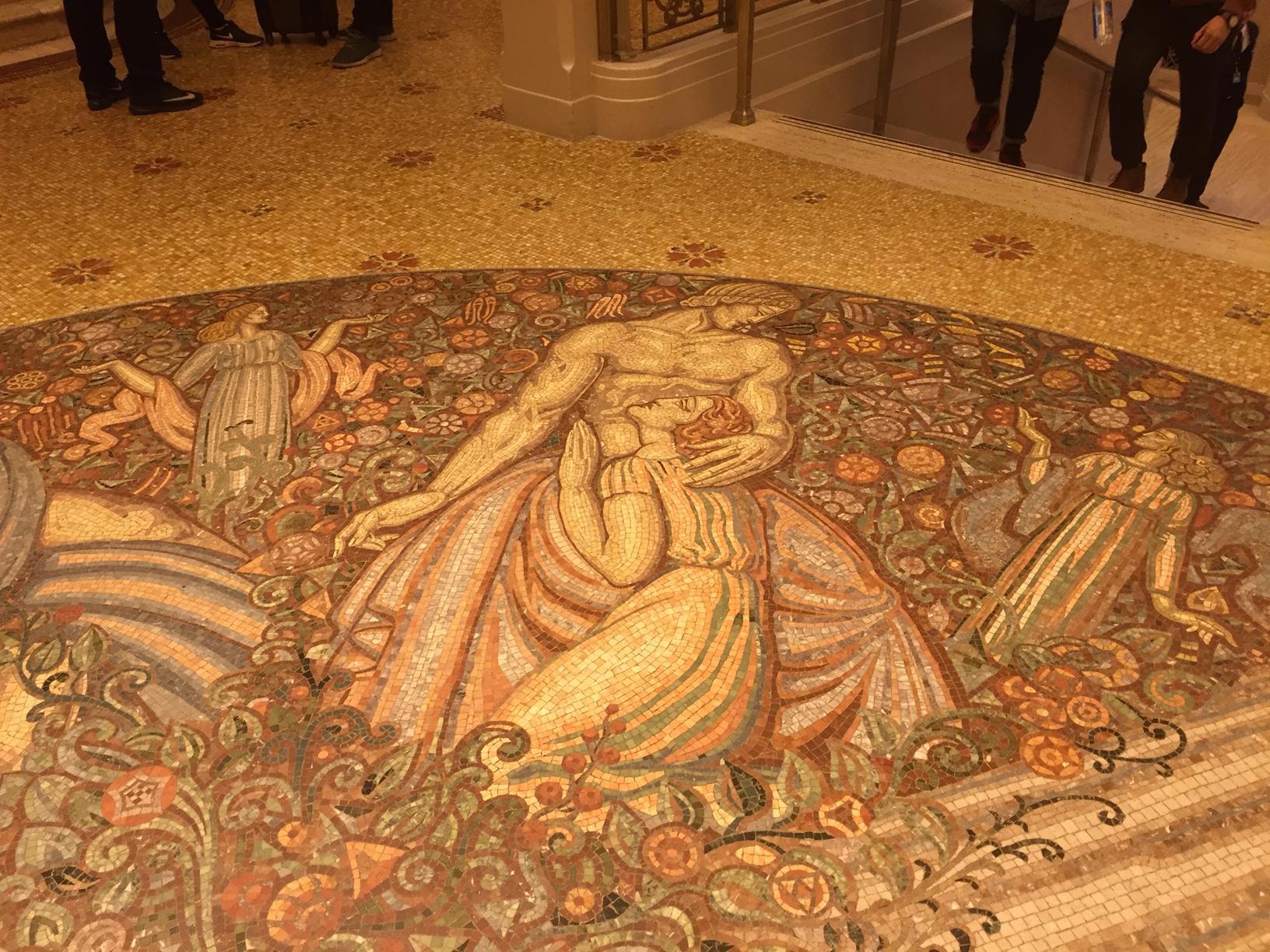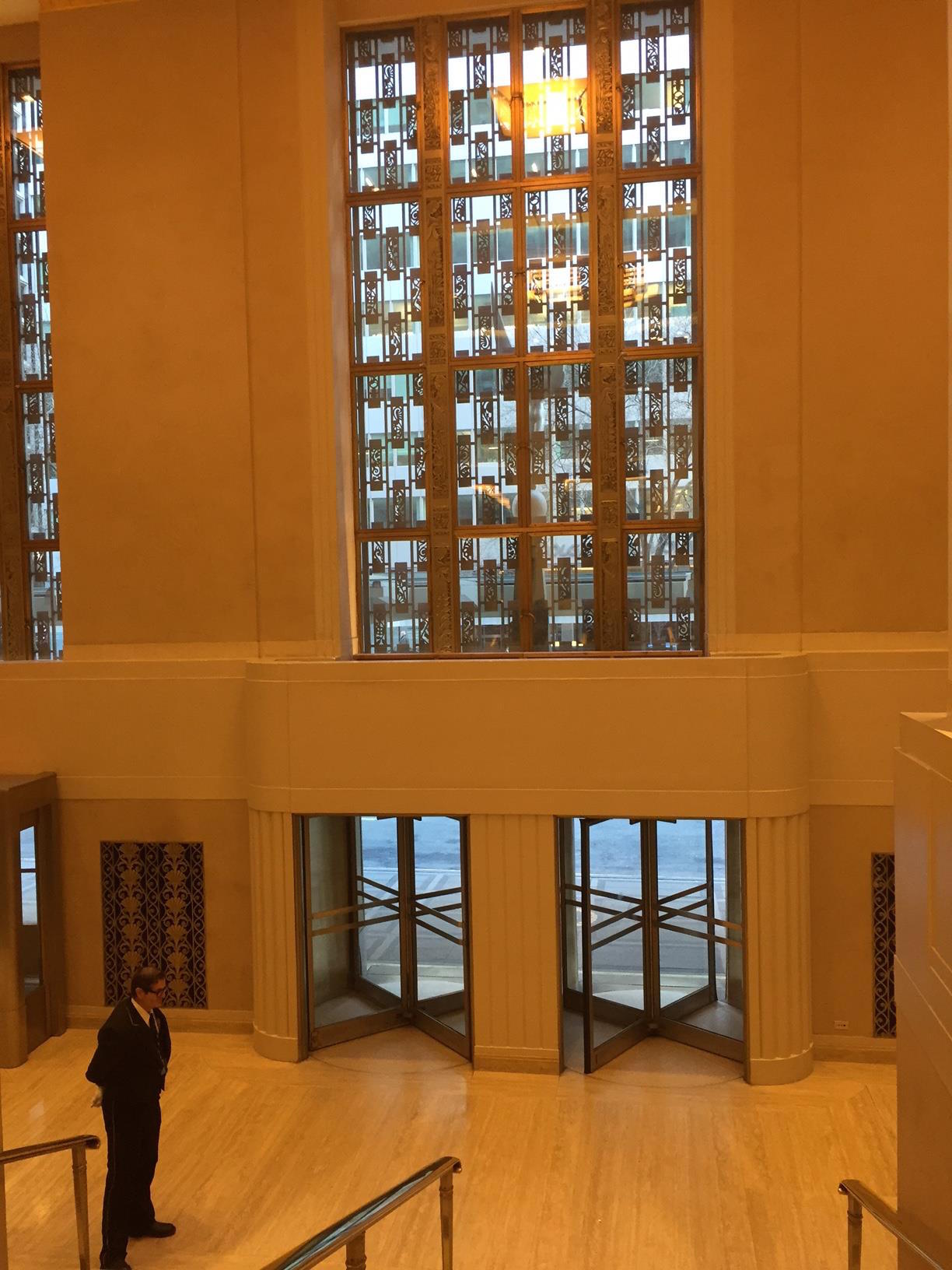Kobra: Colors of Liberty
/New York City has some of the world’s best street art, attracting artists not just from our 5 boroughs, but from all over the globe. Works of some of the world’s most famous street artists— Banksy, Invader, Crisp, Shepard Fairey, D*Face, ROA, & more— can be found on our walls.
Among them are Eduardo Kobra, from Brazil. Distinctive for his kaleidoscope theme, bold colors and lines, portraits & mash-ups, Kobra is one of the world’s greatest and most prolific muralists.
He has done work in the NYC area before, and some of those remain (a huge Bowie wall in Jersey City, and a Basquiat/Warhol wall in Williamsburg Brooklyn). But this summer, he returned on an ambitious journey to create a huge number of new murals. He and his crew were ubiquitous for months, working on one mural after another in Manhattan and Brooklyn. They started in late July in the East Village with a mural mashing up young and old Michael Jackson. They finally completed in early November, after a whopping 18 murals.
The project was called ‘Colors of Liberty’, and had that theme as a unifying idea across many of the pieces. In an interview, Kobra said “The intention of my artworks is to bring awareness about complex subjects, such as racism, violence, the use of firearms and violence in general and also the cause of immigrants. To reflect on all of this so we can find answers on how to make the world a better place.” He added, regarding his choice of city for this project that, "New York is where street art was born and I was influenced by the artists here... I owe so much of what I have learned to New York."
To help people discover these, I have created a map of all his NYC pieces:
(This map includes one piece— “Fight for Street Art”— from a previous visit of Kobra’s)
How many, if any, have you spotted yet? Do you a favorite?
Come discover some of these new walls on our Lower East Side Street Art Tour!












